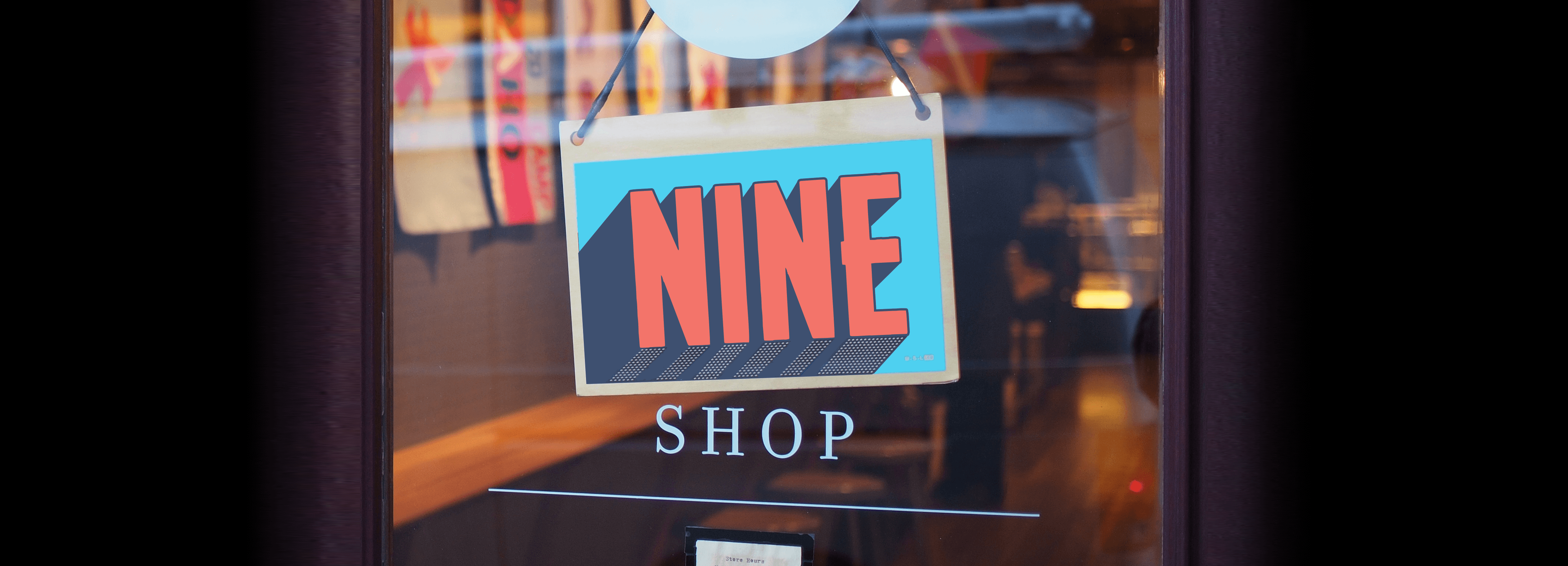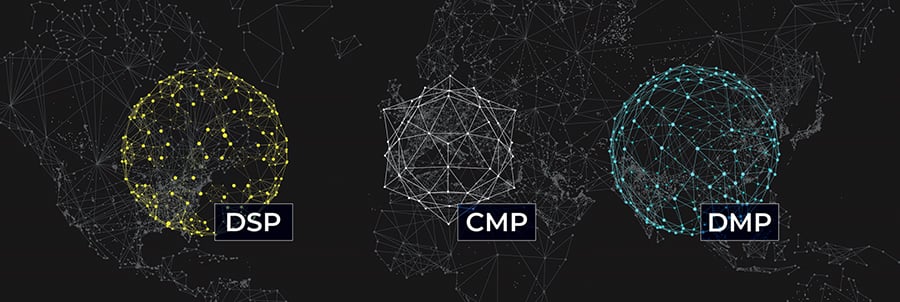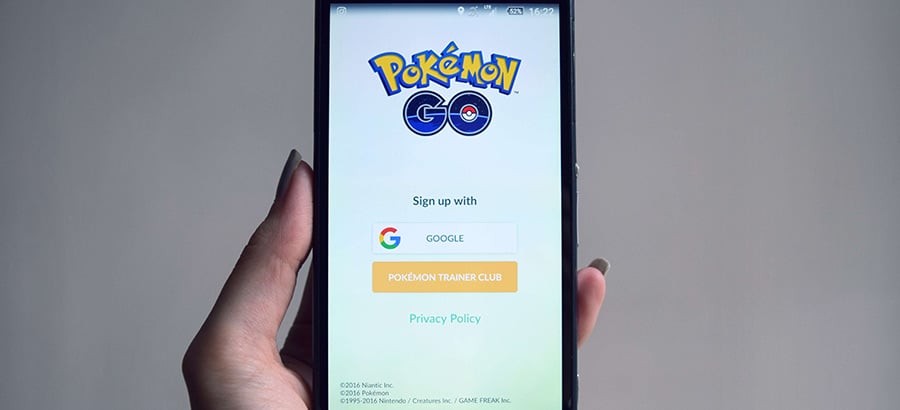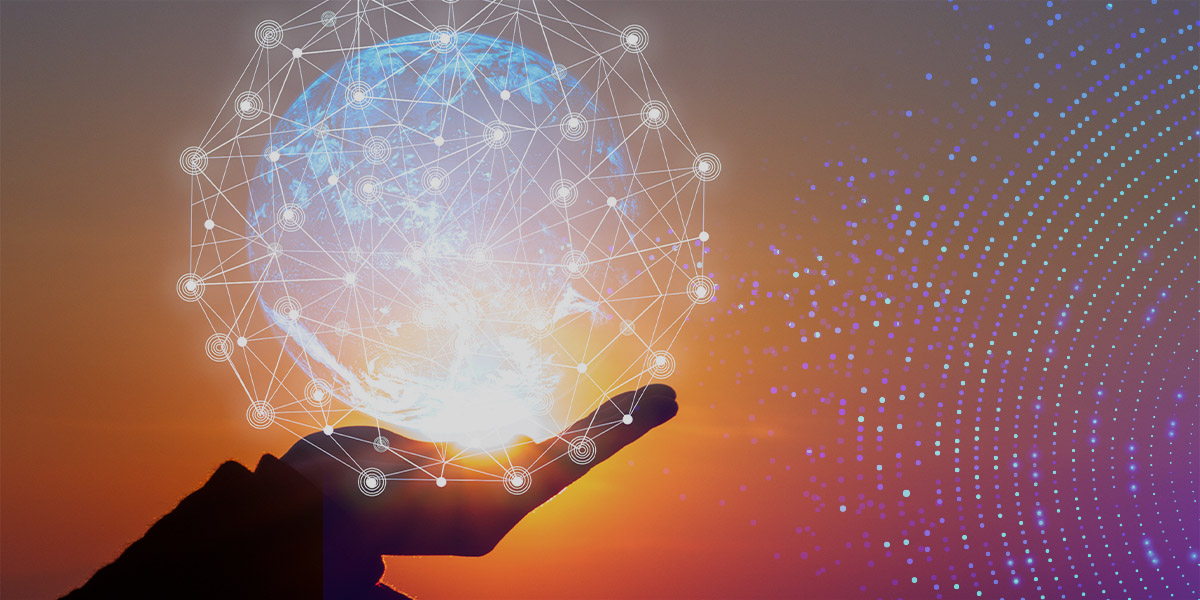Back in 2010, Ericsson CEO Hans Vestberg memorably predicted a future in which there will be 50 billion devices connected to the Internet of things (IoT) by 2020. Or 1 billion according to a 2016 report by analysts IDTechEx. Whatever your viewpoint, the opportunities the IoT will enable are endless. But what about its impact on ad tech?
1. Users are ready, willing and enabled
Here’s a piece of information to warm the heart of marketers on a cold winter’s day: according to an IAB report 65% of US consumers who have an IoT device are willing to receive ads. While almost two-thirds (62%) of connected device owners report having seen an ad on their device. So indications are that early adopters are more than willing to give advertising a pass on their IoT enabled device. Of course, whether this remains true in the future is something to keep an eye on.
2. Imagine knowing who drank from a bottle
Touchpoints are all around us. With the IoT, where they are, and the sheer number of new opportunities for businesses looks set to explode. Take, for example, the simple bottle. Thanks to contactless technology, selected bottles of Malilbu now offer consumers exclusive content. All an inquisitive buyer has to do is tap the “smart” bottle and sign in using a smartphone. Owner of the brand, Pernod Ricard, will no doubt be quite happy to receive the consumer’s data too. Oh, and if you’re not a rum person there’s whisky. Diageo, like its competitor, has developed a bottle of Johnnie Walker whisky that can tell when it’s consumed, and – if you opt in – who drank it. The Holy Grail of marketing info.
What these new IoT touchpoints offer to ad tech is more data: who bought a product and what they did with it. Giving brands new data points for CRM databases, which could then inform new product developments. Or help push specific messages when marketing through ad tech. According to Andy Hobsbawm, founder and CMO of IoT platform Evrythng: “It allows you to message people at exactly the right time in their purchase cycles [and] know whether or not they engaged with a product.” Now imagine your new touchpoint is more complex than a bottle: here’s where things get interesting.
3. Marketers will start the conversation
Enter the Amazon Echo. Perhaps the biggest clue that IoT had gone mainstream in 2016. A Bluetooth speaker that combined with Amazon’s AI assistant, Alexa, can control other devices in a home. For Amazon, though, it’s more than that. It’s another component in its ambition to be the primary touchpoint for commerce – and a screen less one at that. According to the Drum, figures show that Echo owners shop on Amazon’s site six percent more than they did before owning the device. Plus, those same consumers spend 10 percent more money compared to before! Who would have thought a voice activated speaker could do that?
But what does this mean for ad tech? Haydn Sweterlitsch, chief creative officer of HackerAgency, has predicted that the next logical step for Alexa, and devices like Echo, is that they will initiate conversation. But don’t worry, according to Sweterlitsch Alexa “won’t just start talking to you – that would be too HAL9000-ish for users right now. Instead, her coloured rings could pulse when she has something to say”. The idea is simple. Based on the data you provide (requests and searches etc.) Alexa could deliver its user with a targeted ad. Thus a new channel for brands is born.
4. Everyday objects will give us more data
The everyday objects that’ll be gathering data is astonishing. And they’re already in our homes! Take for example P&G’s Febreeze plug in air fresheners – they’re now online. Yes, as of 2016, you can pay to customise how your house smells – on a room by room basis, via an app. But beyond smart air-refreshers, which (let’s be honest) are an extravagance, useful objects like fridges, vacuum cleaners and wearables, like fitness bands, are all now part of the IoT. Even hairbrushes are set for a smart make-over with L’Oreal launching a device; bad hair days are now predictable. Though critics remain unconvinced.
5. Real-time personalisation is set to shift up a gear
With all this potential new data real-time personalisation could be even better with the IoT. Think about it, if you can tell the difference between one user and the next, you can customise your display advertising. This could be in the home or out in the wild. Take, for example, a recently launched digital billboard in Japan. Dentsu, via a complex system of cameras and AI, has launched a digital billboard next to a highway that collects both car and driver data. It analyses traffic volume, the make and model of a vehicle, as well as characteristics of the driver such as age and gender. All this data then influences what is on the billboard. So for example, a person driving a tired old diesel might see an ad for a new hybrid. It’s quite the leap from previous impressive, but less connected, billboards, like this one by BA in 2012. There are issues of privacy but Dentsu has said it will delete any data it collects.
Oh, and cars themselves are set to become another touchpoint too! Elon Musk, when he’s not building space rockets, or digging an underground lair, is currently leading the way with update (and fix) themselves while sitting on your drive. And as self-driving cars become a commercial reality, cars are set to become another data-driven ad network. Using location and passenger data, cars could display personalised ads, or direct users to relevant stores en route. Meaning your favourite takeaway or convenience store could sync with your car (a disaster if you have a Toblerone addiction).
6. Ad tech will go next level
A seismic shift in ad tech could be on the way. The most intriguing example of the how Internet of Things could change the landscape of marketing forever is from Wes Nichols, Senior Vice President of Strategy for Neustar. He suggests that as formerly offline devices, such as TVs, all become connected, previously unknown metrics will suddenly become available: “As we continue to shift to digital engagement via mobile devices, IoT and computers, consumers’ digital footprints vastly expand—and marketers can see how customers react to all marketing engagements“. Getting your brand in front of the right audience and knowing how well you’re performing just went to the next level.
7. Marketers need to avoid being annoying
In this brave new IoT world all might not be plain sailing. As touched upon there are issues of privacy, but there’s also the age-old problem of annoyance. Just like bad banner ads can annoy the hell out of people – not least the designers of good ads – imagine being notified every time you walk past a coke vending machine. And thanks to a worldwide strategy of connecting vending machines by Coca-Cola that’s now possible. Something not lost on Coke’s Dereck Myers: “We definitely don’t want to spam consumers’ phones. Whenever we have notifications we want it to be something that’s useful instead of just saying there’s a Coca-Cola nearby”. Targeted notifications, therefore, just like targeted (and relevant) ads, are the way forward.
Conclusion
We’re still just at the start of the IoT revolution. And, if we’re honest, the whole eco-system of IoT objects has yet to be pinned down. Remember it was only 10 years ago that an ipod, a phone, and an internet enabled device were bundled together by Steve Jobs. Since then the development of smart phones has changed our personal interactions, and how as marketers we communicate our messages in an ever more complex world. What’s certain is that the IoT will provide new data, touchpoints and opportunities, which both ad tech, and users of ad tech, must use to make experiences more personal, relevant and targeted.







